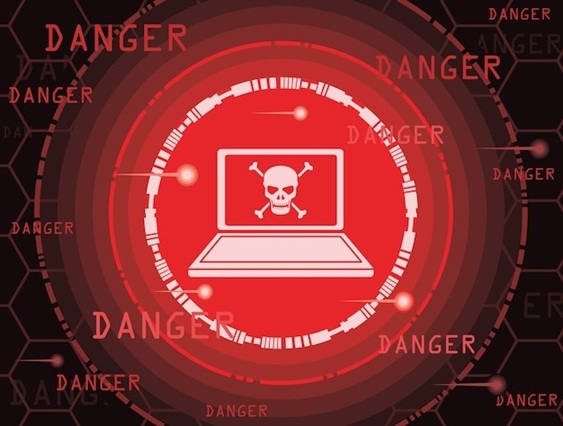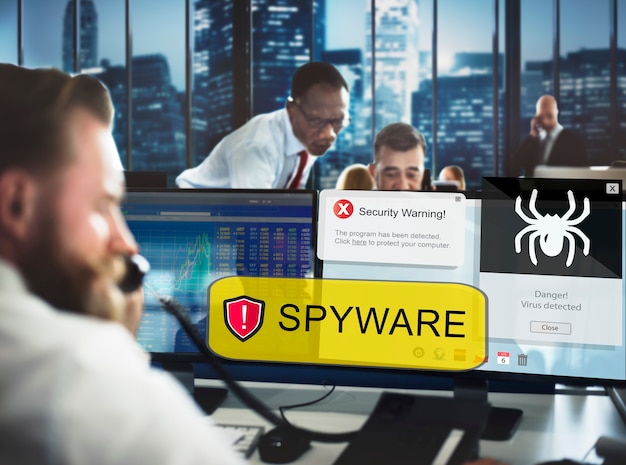
Cyber threats are becoming more sophisticated, making it crucial for IT leaders to differentiate between Indicators of Compromise (IoCs) and Indicators of Attack (IoAs). While both play a critical role in cybersecurity, understanding their distinctions can mean the difference between early threat detection and post-incident response. Organizations that leverage IoCs and IoAs effectively can strengthen their security posture, reduce dwell time, and mitigate risks before they escalate into full-scale breaches.
IoCs: Traces Left Behind by Cyber Threats
IoCs serve as digital evidence of a security breach, revealing that a system has been compromised. These indicators are reactive, meaning they help security teams identify and investigate attacks after they have occurred. Common IoCs include:
- Unusual outbound network traffic – Spikes in data exfiltration may indicate a breach.
- Unexpected file changes – Malware often modifies system files to maintain persistence.
- Login anomalies – Repeated failed login attempts or logins from unusual locations may signal credential compromise.
- Known malware signatures – Hash values of malicious files can help detect known threats.
- Suspicious registry modifications – Some malware alters system settings to evade detection.
While IoCs are valuable for forensic analysis, they often detect threats too late, allowing attackers to inflict damage before security teams respond. This is where IoAs become essential.

IoAs: Proactive Threat Detection Before Damage Occurs
Unlike IoCs, which indicate a successful compromise, IoAs focus on identifying malicious intent before a breach occurs. These indicators help security teams detect and disrupt attacks in real time. Key IoAs include:
- Unusual privilege escalation – Attackers may attempt to gain administrative access to move laterally within a network.
- Execution of suspicious scripts – Malicious actors often deploy scripts to disable security defenses or install backdoors.
- Unfamiliar application behavior – A legitimate process behaving abnormally may indicate an attempted attack.
- Lateral movement attempts – Attackers typically explore network paths before executing payloads.
- Data staging activity – Large amounts of data being gathered before an exfiltration attempt is a red flag.
IoAs allow organizations to detect and stop threats before they lead to a full-scale breach. By analyzing attacker behavior rather than relying on known threat signatures, IoAs provide proactive defense against evolving cyber threats.
Why IT Leaders Must Prioritize Both IoCs and IoAs
Relying solely on IoCs can leave security teams reacting too late. By integrating IoAs, organizations shift towards a proactive security strategy, identifying threats before they cause damage. The combination of IoCs and IoAs enhances security in key ways:
- Reduced detection and response time – According to industry reports, the average time to identify and contain a breach exceeds 200 days. IoAs can drastically shorten this window.
- Improved threat hunting capabilities – Security teams equipped with IoAs can identify suspicious behavior early, limiting an attacker's dwell time.
- Adaptive security postures – Threat actors constantly evolve their techniques. IoAs help detect novel attack methods that traditional IoCs might miss.
- Regulatory compliance – Many regulations, including GDPR and CCPA, emphasize proactive security measures to protect sensitive data.
Implementing a Robust Threat Detection Strategy
To maximize security, IT leaders must implement an integrated approach that combines IoCs and IoAs. Best practices include:
- Utilizing AI-driven threat intelligence – Machine learning enhances the ability to detect emerging threats in real time.
- Deploying endpoint detection and response (EDR) solutions – EDR tools analyze both IoCs and IoAs for comprehensive security coverage.
- Conducting continuous network monitoring – Real-time monitoring detects anomalies before attackers execute their objectives.
- Implementing behavioral analytics – Monitoring user and system behavior helps identify deviations that indicate an attack.
- Regularly updating threat intelligence feeds – Up-to-date threat intelligence enables faster identification of new attack tactics.
Strengthen Cybersecurity with NIKSUN
IT leaders must go beyond traditional security measures to stay ahead of cyber threats. By leveraging both IoCs and IoAs, organizations can detect threats earlier, respond faster, and minimize damage.
NIKSUN’s advanced cybersecurity management solutions provide real-time threat intelligence, helping businesses stay resilient against evolving cyber risks. Schedule a consultation now to enhance your security strategy today with NIKSUN.